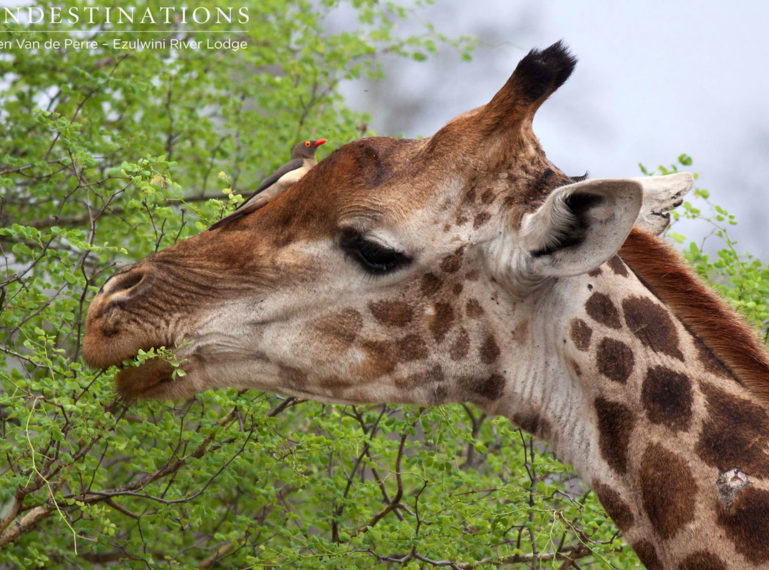
The Balule Nature Reserve provides more than just a haven for predators and the big five. The reserve is teeming with an array of plains game, such as antelope, giraffe and zebra. Plains game is the colloquial term given to species of antelope and gazelle which are typically found in open plains or savanna habitats throughout sub-Saharan Africa.
Grazers and browsers serve an important role in the eco-system of the Balule and without their presence, there certainly would be cascading effects on the presence of the big five. We often overlook the plains game in favour of the big five, but our precious ungulates contribute greatly to the bio-diversity of the area. They keep the grasses short, they fertilise the grounds with their nutrient filled droppings and have plenty to contribute to our delicate circle of Balule life.
Let’s look at a few of the ways in which some of the plains game within the Balule contribute to the eco-system of the area.
Giraffe:
Giraffe are in the enviable position of being able to browse from the tops of trees, which eliminates competition from other herbivores. They provide little interference to grazers because of their reach and are often found in feeding in harmony with grass grazers. Their vantage point over the surrounding landscape is beneficial to their contemporaries – a giraffe will be the first to notice a potential threat. This would explain why we often see zebra grazing with giraffe.
Giraffe mainly feed off Acacia trees and certain species of Acacia will only germinate once they’ve been processed through the giraffe’s intricate digestive system.
Giraffe also provide food for the petite oxpecker birds and have a symbiotic relationship with them. Oxpeckers feed off ticks and bugs from a giraffe’s hide and they clean out weeping cuts and war wounds, enabling the healing process.
Zebra:
A zebra is a striped equid and an adaptable herbivore which grazes on tall grasses. They act as the “sheers” in the world of wildlife and basically clip the grass shorter; which in turn makes it easier for other antelope to graze. Zebras play a vital role in keeping control of vegetation. Without primary grazers, there could be an accumulation of plant matter and an increase in insects and unwanted pests.
Zebras are by no means camouflaged but predators with colour vision cannot isolate them if they are in a herd because of their hypnotic monochromatic stripes. This is why zebras are often seen in herds – safety in numbers. They are a valuable source of food for hyenas and lions, which makes them wary of straying from the herd.
Antelope sightings are generally dominated by impala, waterbuck, wildebeest, kudu and steenbok. There are a number of antelope species roaming throughout the Balule, a few of which include the sable antelope, tsessebe, roan antelope and nyala.
Impala happen to be one of the most successful mammals in the Greater Kruger area and if you don’t see anything else while on safari, you will definitely see impala! They’re fastidious groomers and oxpeckers aid the grooming process with the removal of unwanted insects from their hide.
Wildebeest resemble a car made up of spare parts – quarter ox, part horse and half antelope; they’re certainly appear to be a mix match of species. These successful grazers prefer shortly trimmed grasses, which zebras kindly crop for them. Wildebeest fertilise the land with their droppings, which are rich in nutrients.
The waterbuck is one of the few antelope species which doesn’t graze within parties of herbivores. They are selective grazers and prefer long grass. They are actually incapable of getting their mouths close enough to the ground to feed on short grass. They are often found close to rivers and water sources, where there is easy access to water and abundant tall grasses.
The entire Greater Kruger area is so interwined – the smallest of insects can have the largest of impacts !
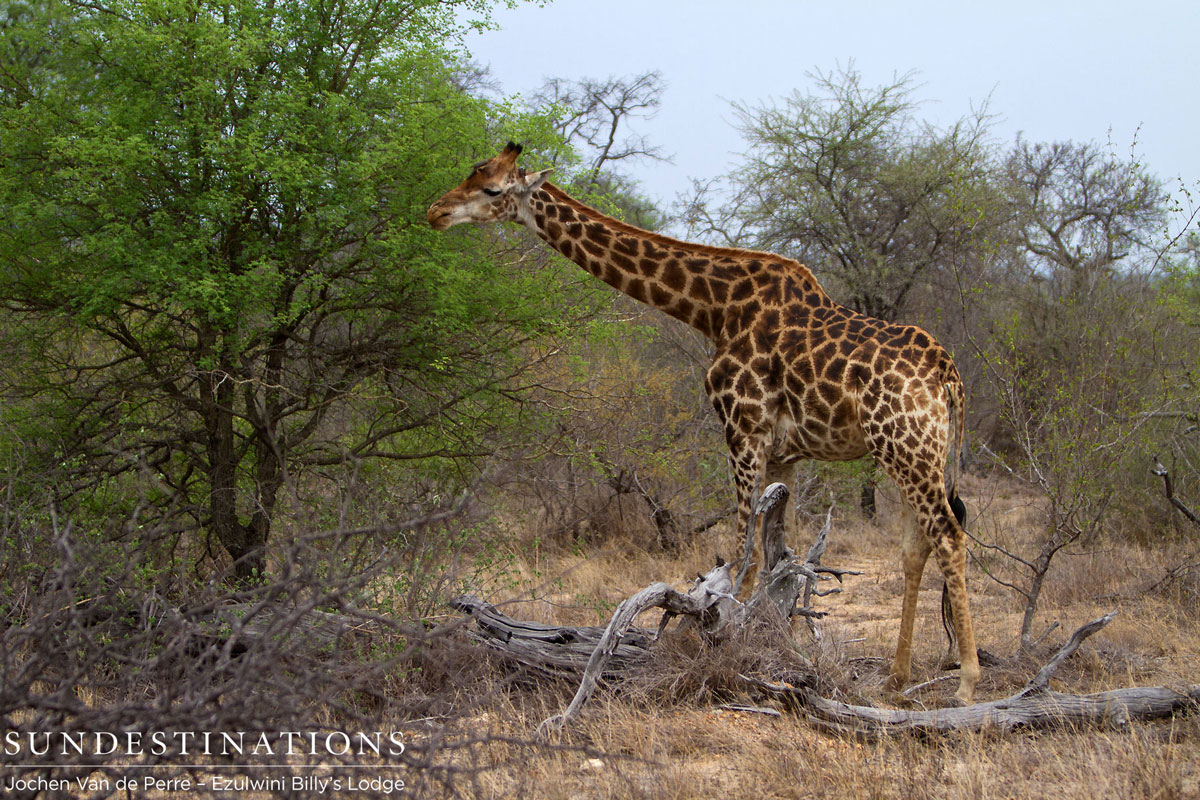
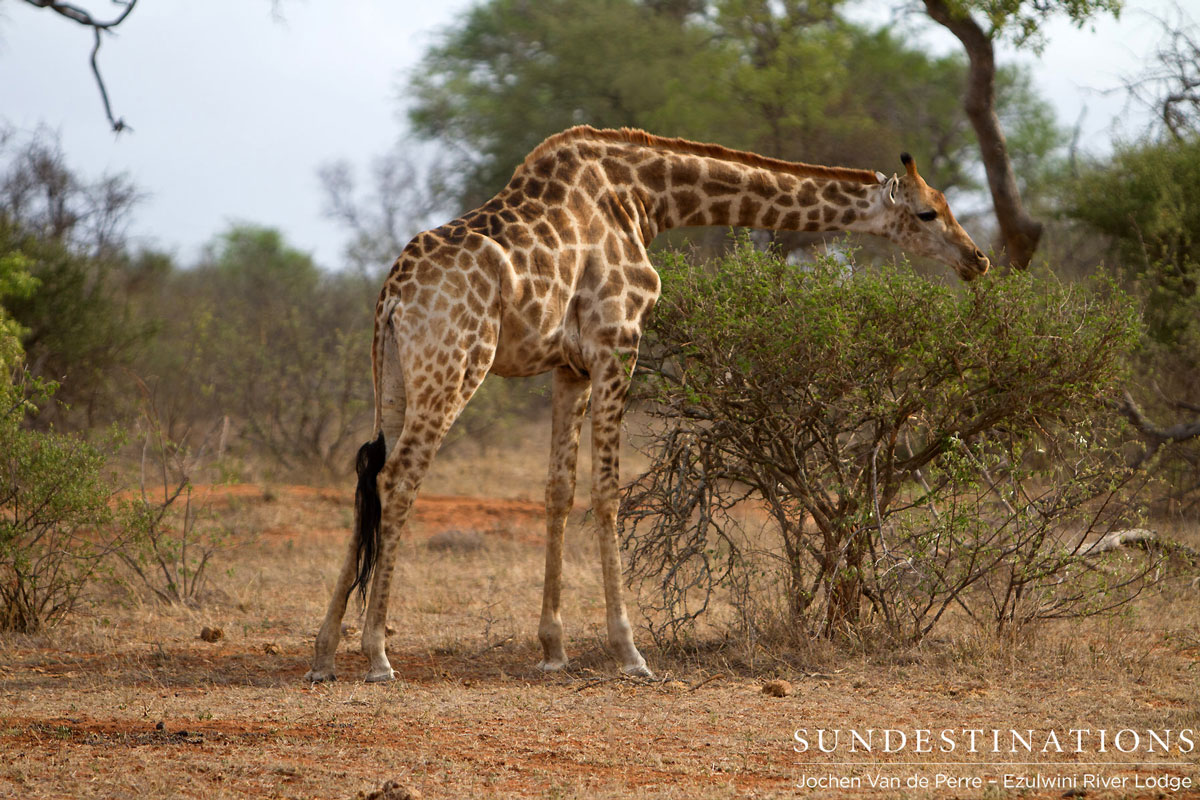
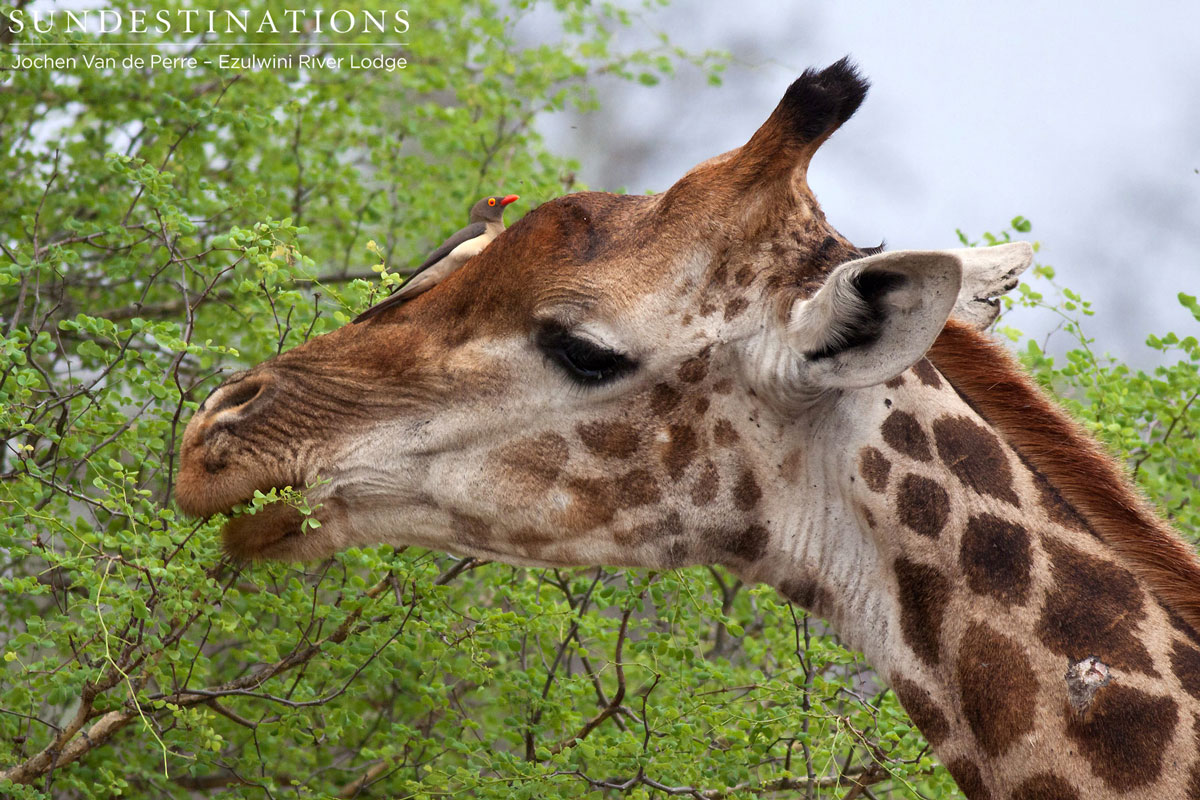
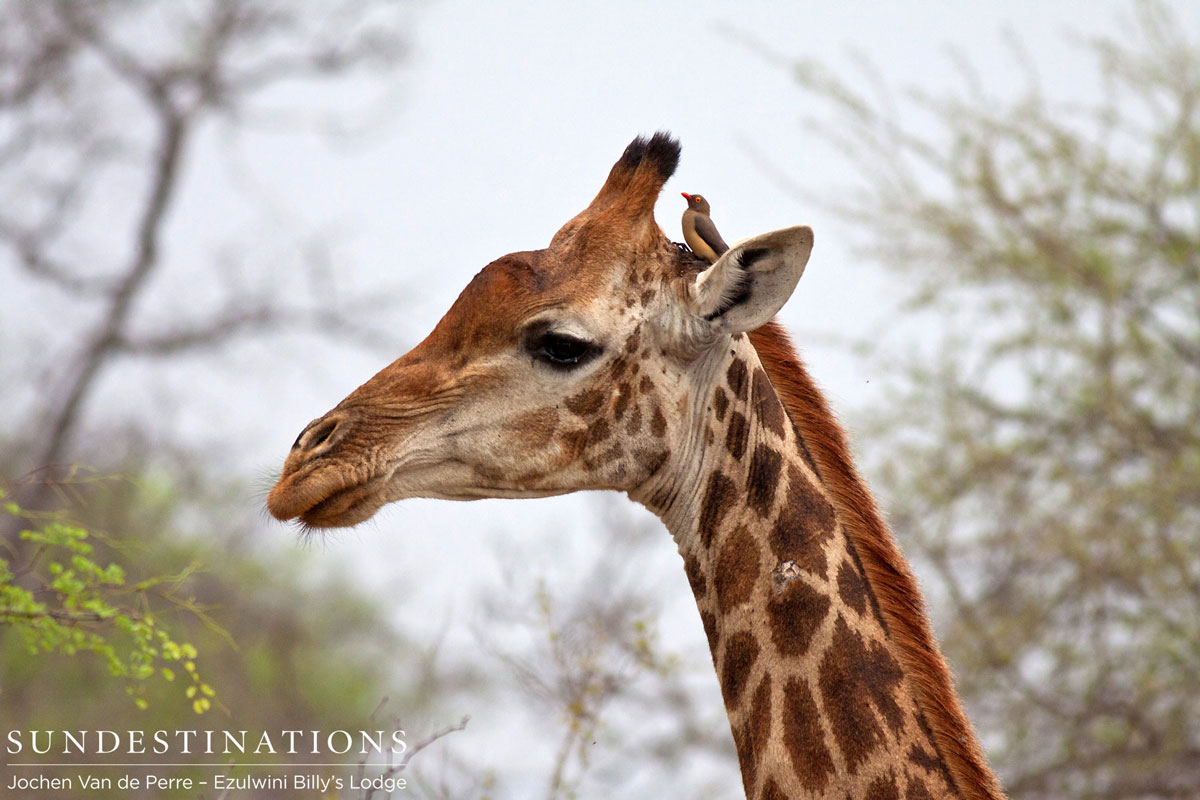
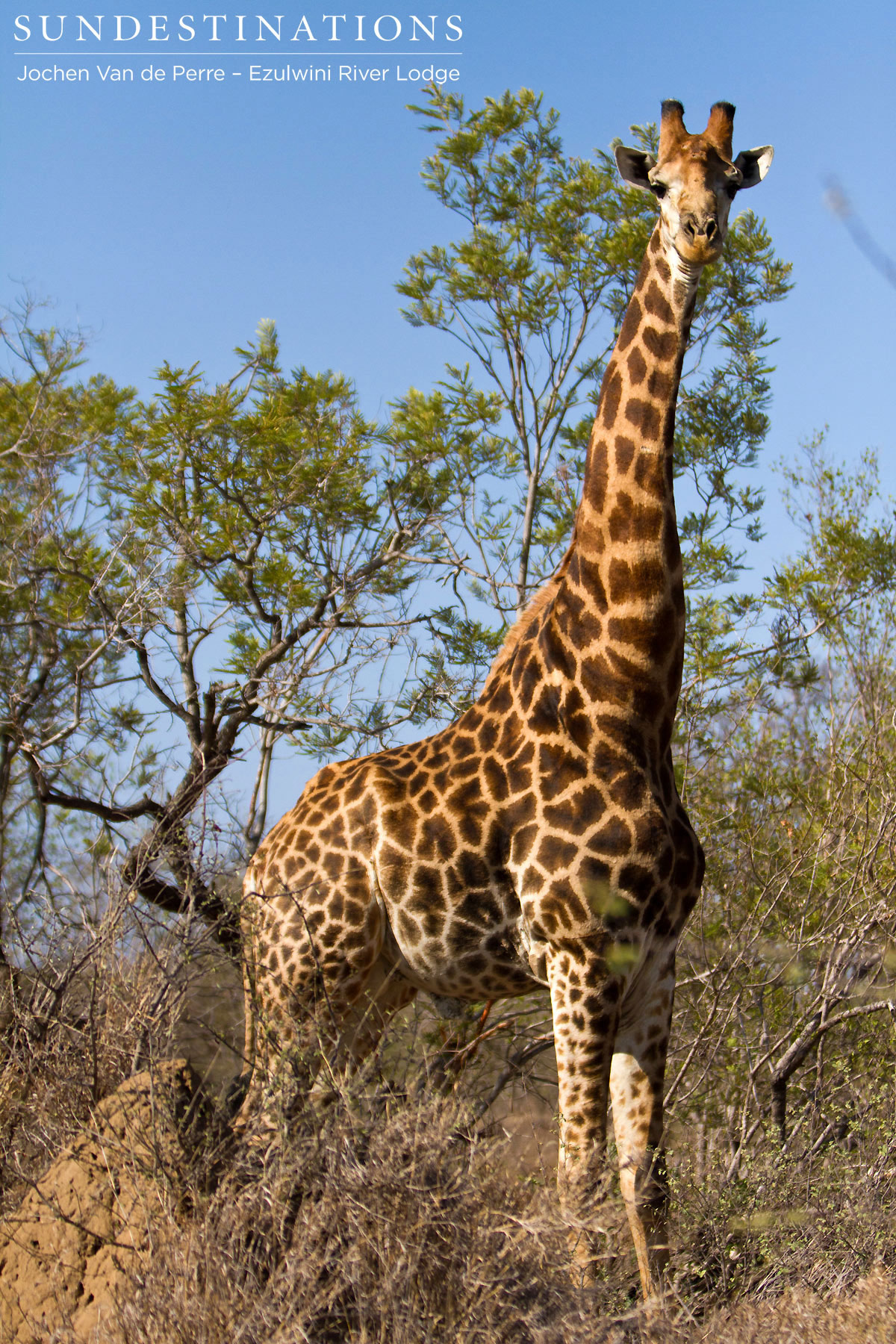
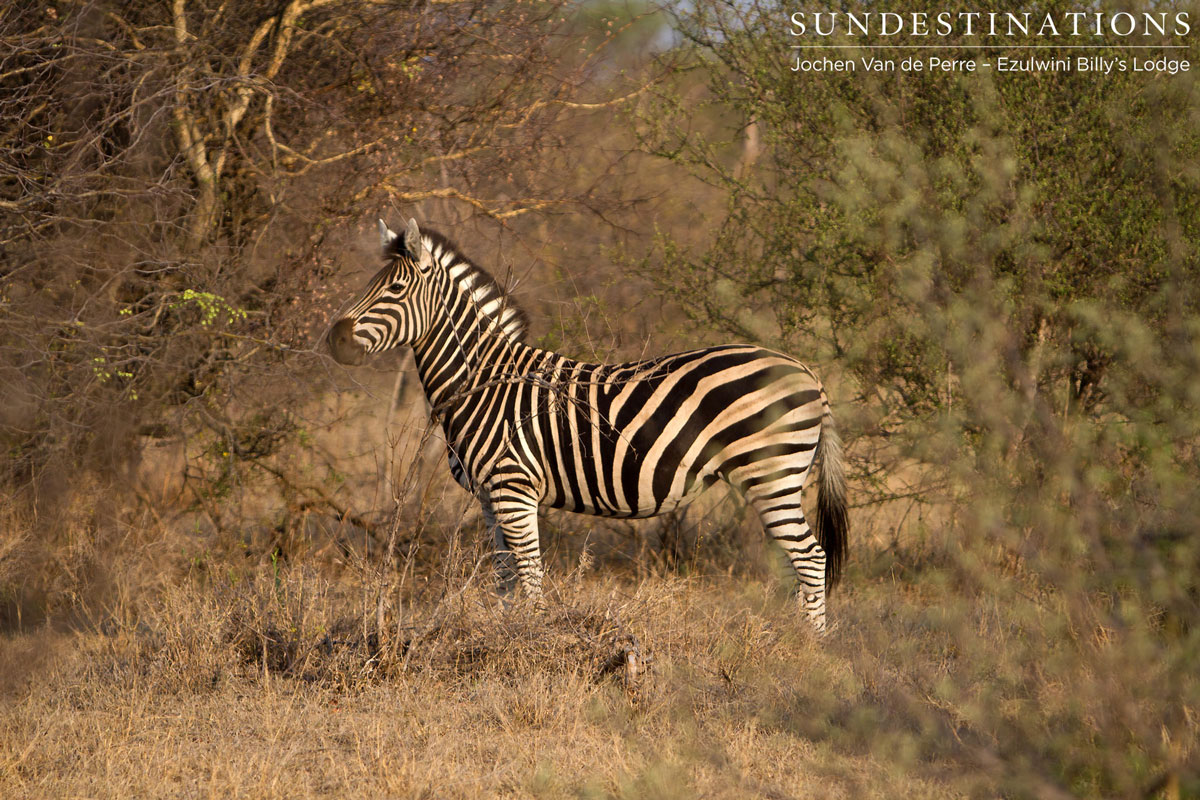
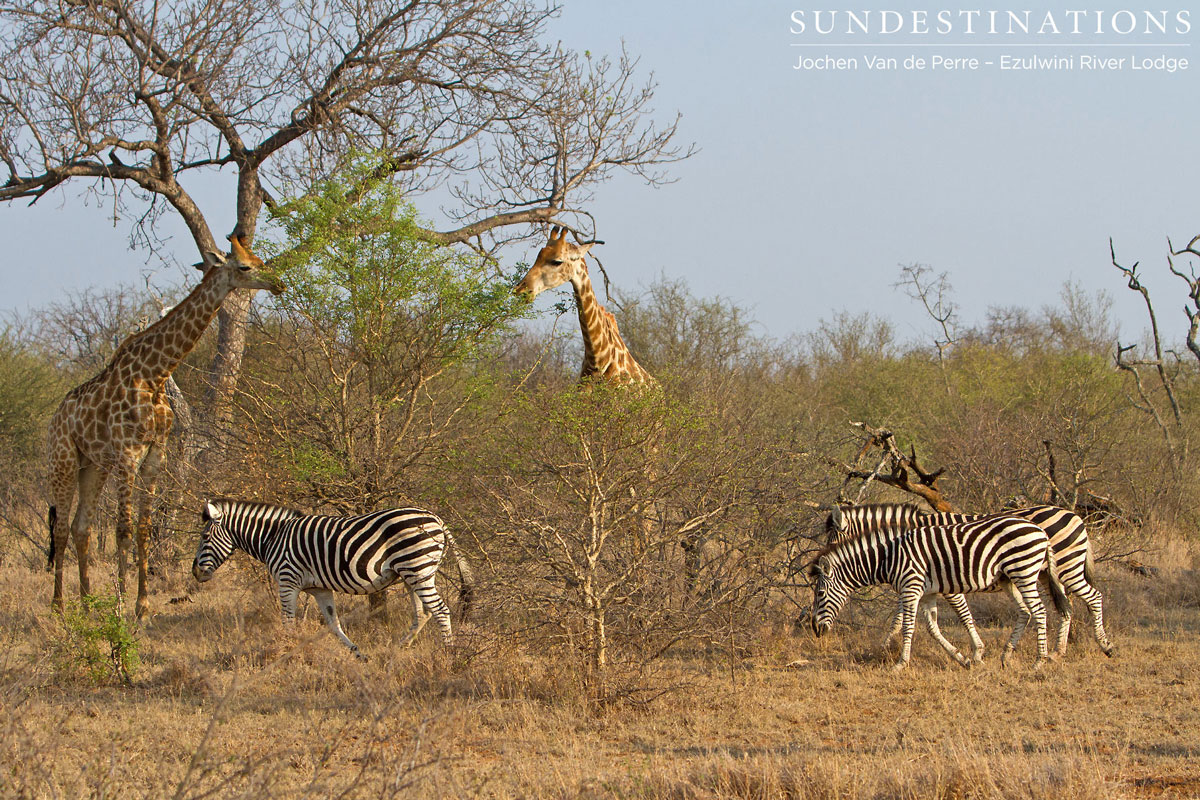
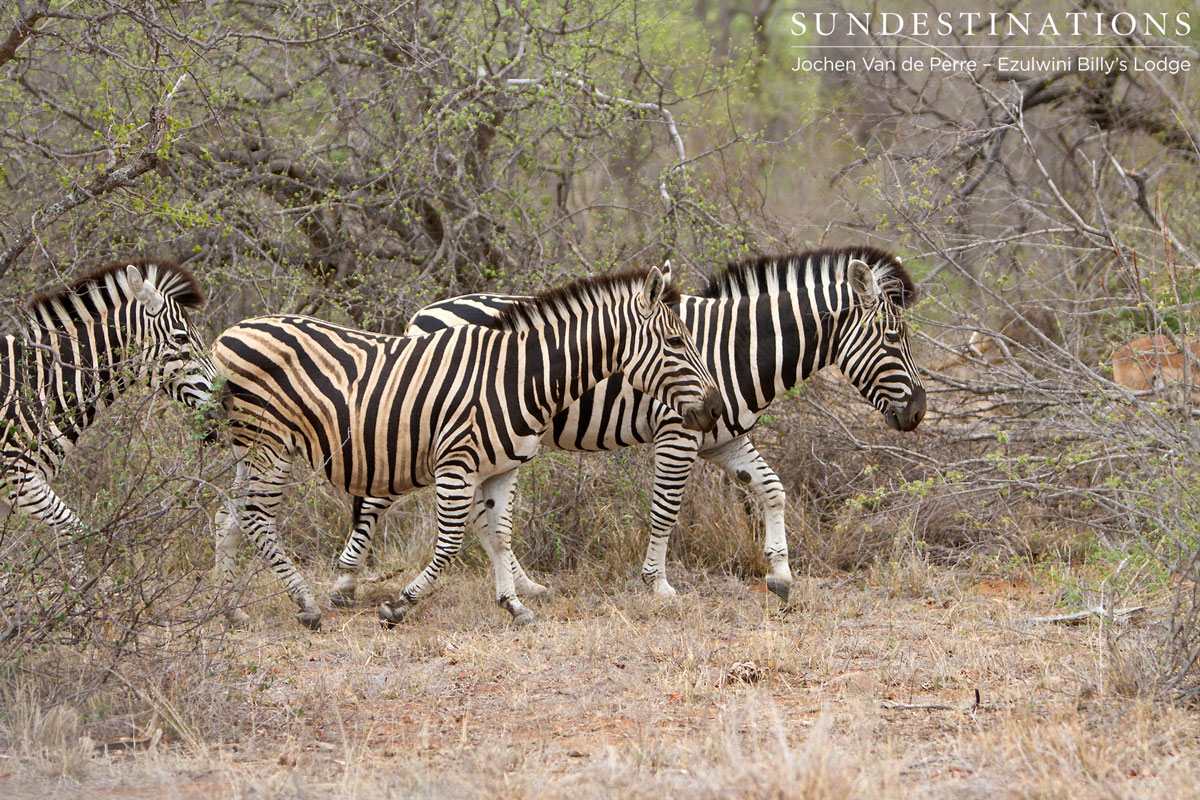

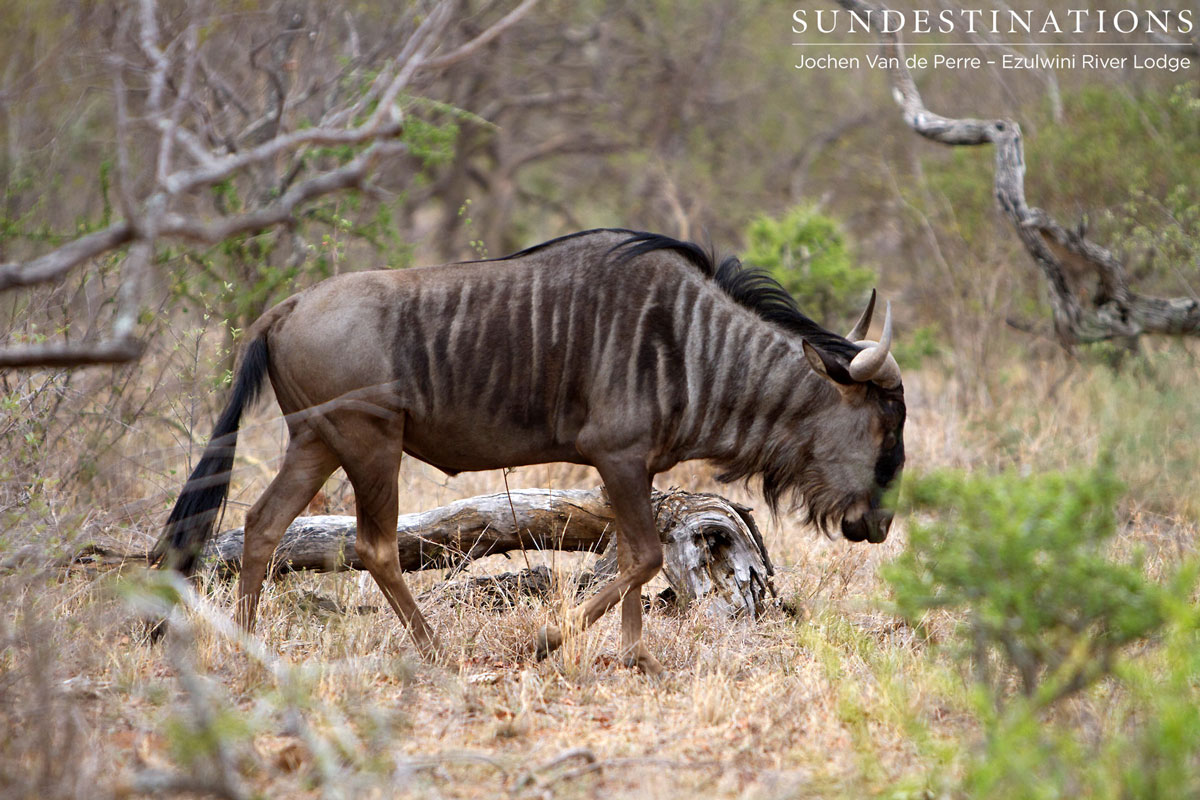
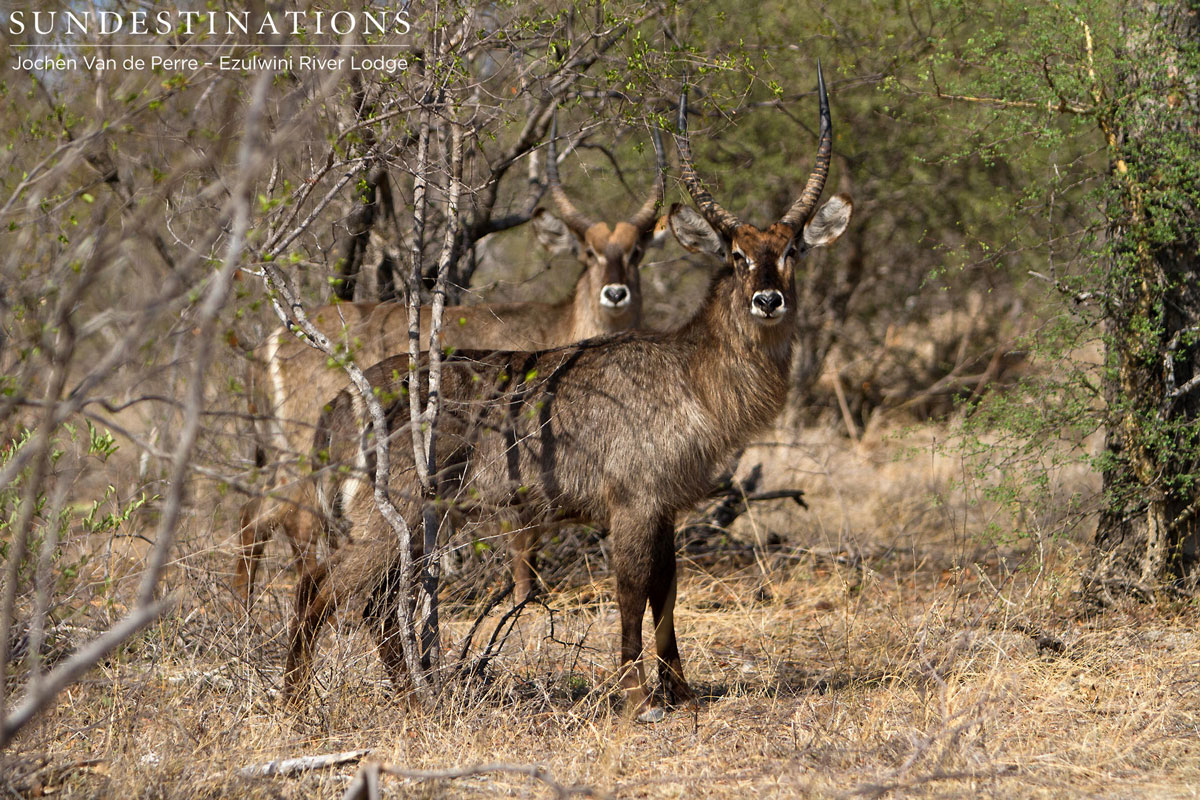
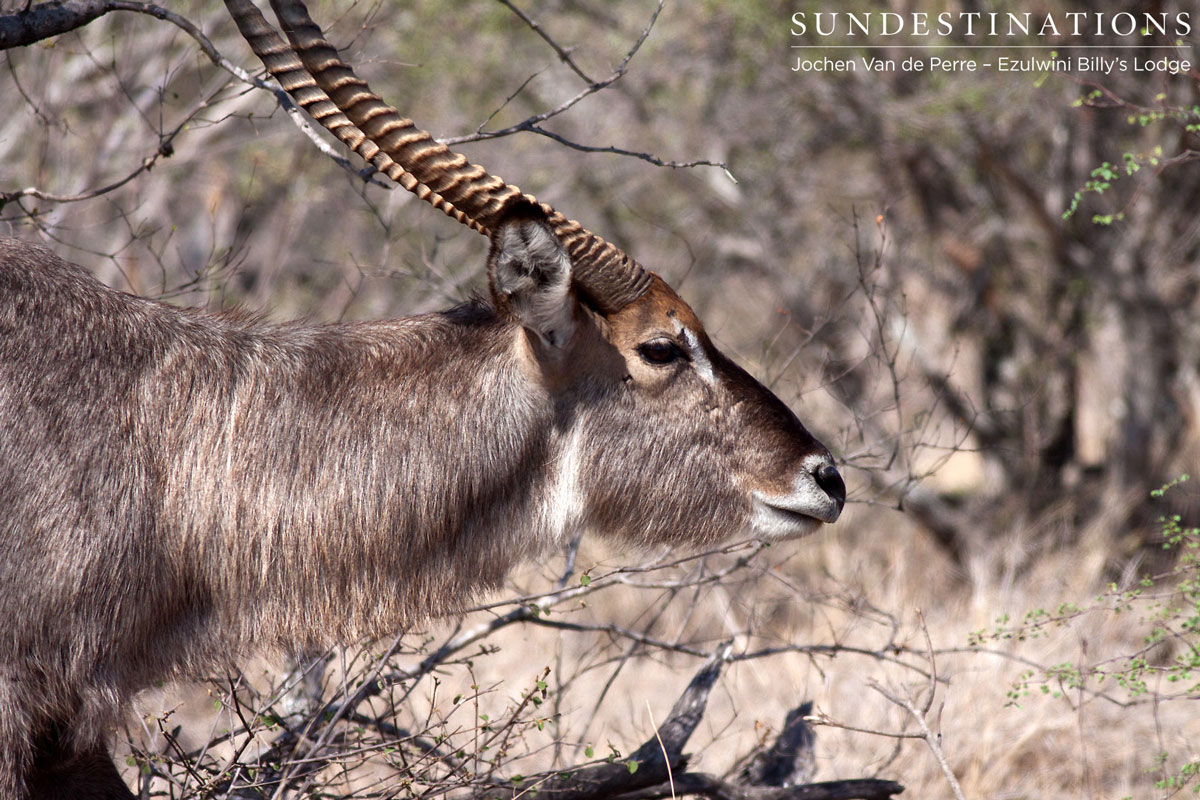
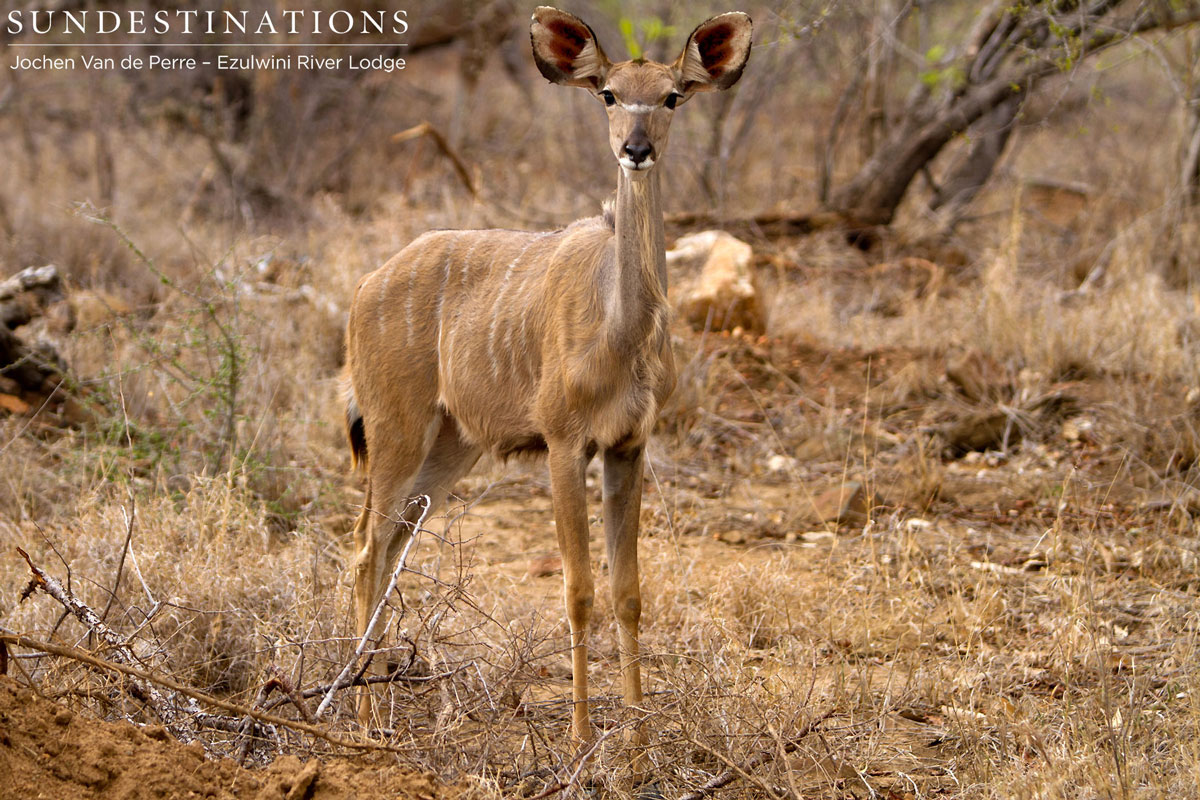
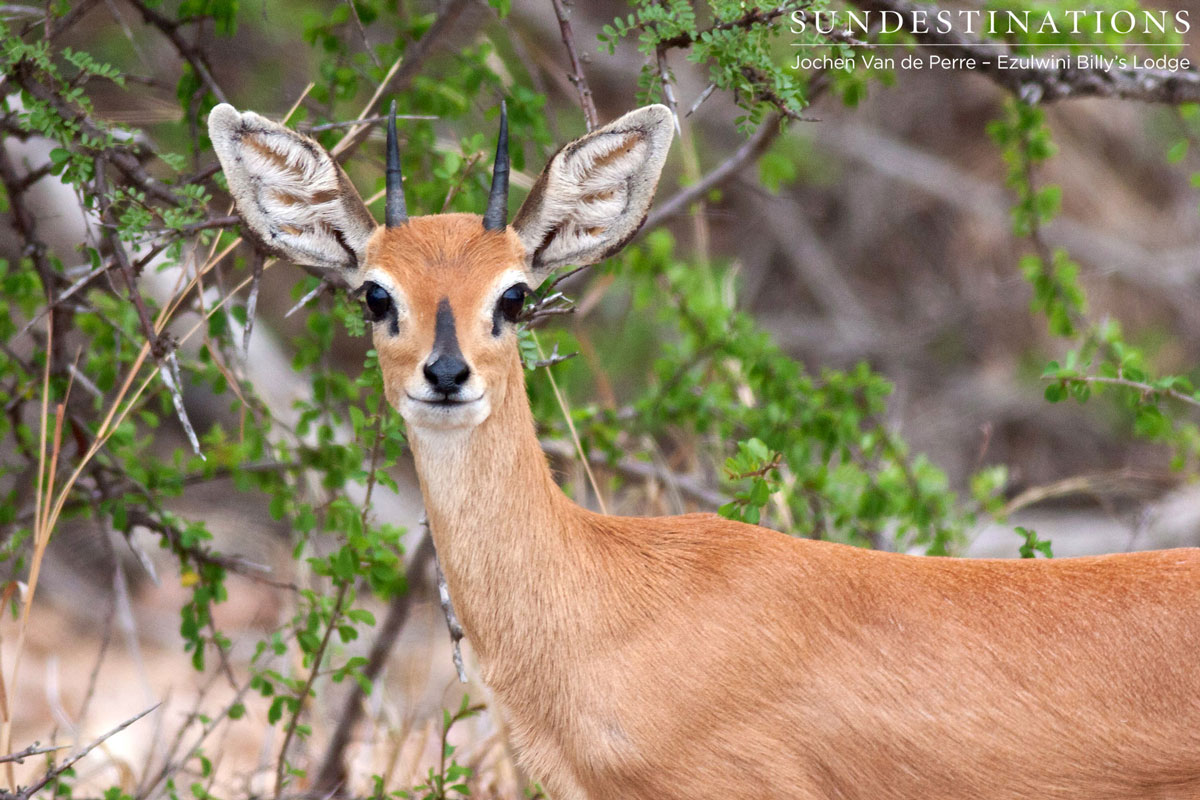
Leave a Comment